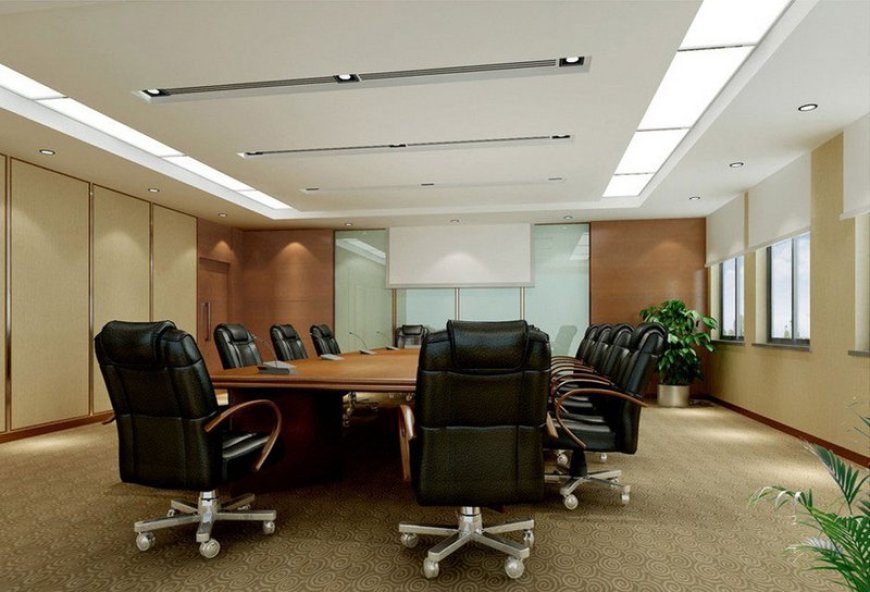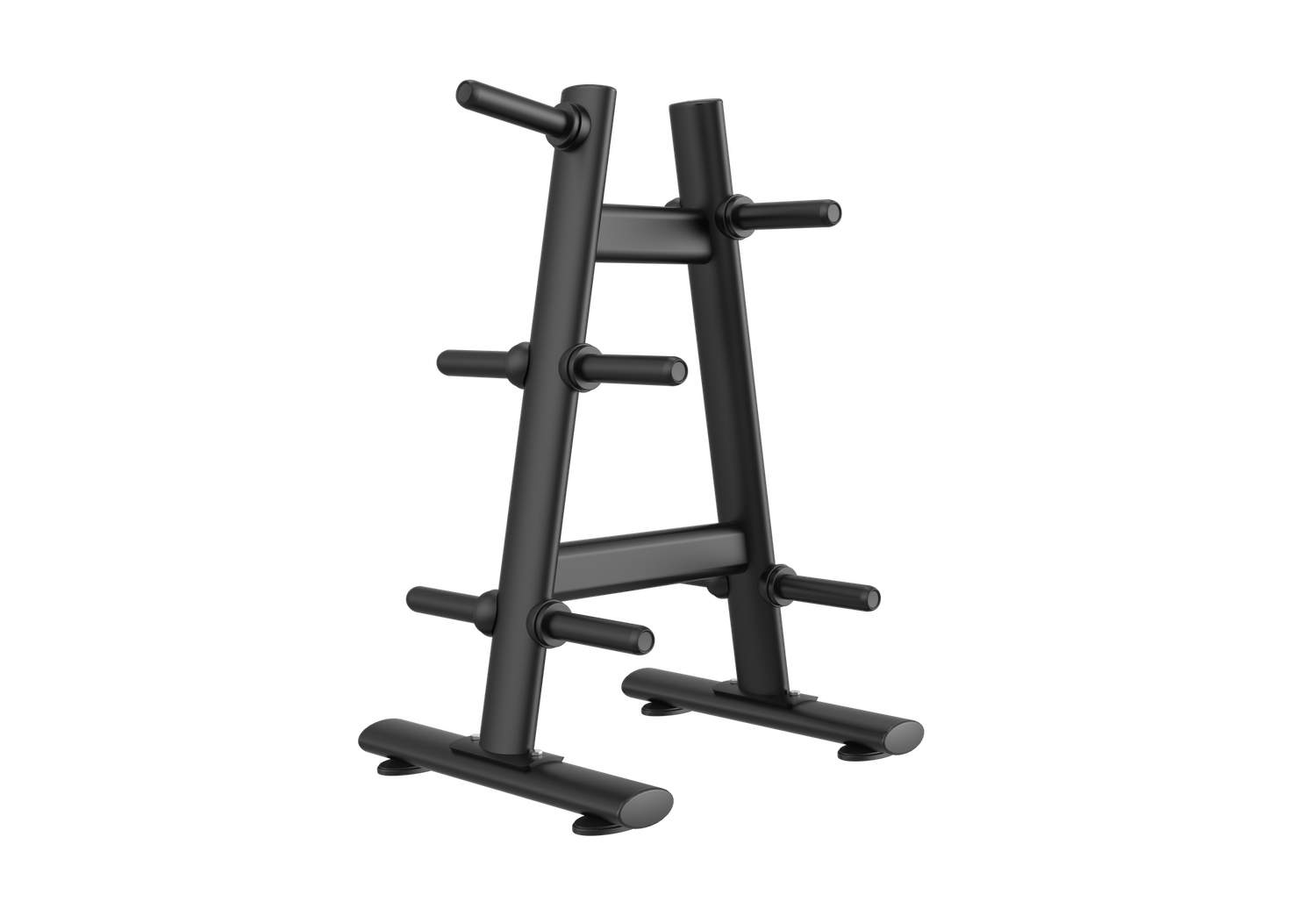Lab Design 101: Essential Considerations for Choosing Laboratory Furniture
Designing a laboratory requires meticulous planning and attention to detail, with one crucial aspect being the selection of laboratory furniture.

Designing a laboratory requires meticulous planning and attention to detail, with one crucial aspect being the selection of laboratory furniture. The right furniture not only enhances the functionality of the lab but also ensures the safety of researchers and the integrity of experiments. In this guide, we delve into the essential considerations for choosing laboratory furniture, outlining key factors that contribute to an efficient and safe working environment.
1. Functionality and Flexibility
Laboratories are dynamic spaces that often undergo frequent changes in research requirements. Therefore, the furniture chosen must be adaptable to different setups and experiments. Modular and flexible furniture allows for easy reconfiguration of the lab layout, accommodating evolving research needs. Workstations with adjustable heights and movable storage solutions contribute to a versatile and efficient workspace.
Consider the type of experiments and equipment that will be used in the lab when selecting furniture. Ensure that the chosen pieces support the necessary electrical and data connections, and have adequate space for equipment placement and utilization. Prioritize functionality without compromising on flexibility to create a lab that can easily adapt to evolving scientific demands.
2. Ergonomics and Comfort
Researchers spend extended periods working in laboratories, making ergonomics a critical consideration when selecting furniture. Ergonomically designed workstations and seating contribute to the well-being of laboratory staff, reducing the risk of musculoskeletal disorders and increasing overall productivity.
Choose laboratory furniture with adjustable features to accommodate users of varying heights. Chairs with proper lumbar support and adjustable armrests promote comfort during prolonged periods of work. Ergonomic considerations extend to workbenches, ensuring that they provide appropriate working heights and sufficient legroom for comfortable experimentation.
3. Material Selection
Laboratory furniture is exposed to a variety of chemicals, potentially corrosive substances, and frequent cleaning. Therefore, the materials used in the construction of laboratory furniture must withstand these harsh conditions. Common materials for laboratory furniture include stainless steel, epoxy resin, and high-pressure laminate.
Stainless steel is corrosion-resistant and easy to clean, making it suitable for benches, cabinets, and sinks. Epoxy resin surfaces are chemically resistant and offer durability, making them ideal for laboratory countertops. High-pressure laminate is cost-effective and provides resistance to chemicals and scratches, making it a popular choice for laboratory furniture surfaces.
Ensure that the selected materials comply with industry standards and safety regulations to maintain a secure laboratory environment.
4. Safety and Compliance
Safety is paramount in laboratory design, and furniture plays a crucial role in ensuring a secure working environment. Choose furniture that adheres to safety standards and regulations, considering factors such as chemical resistance, fire retardancy, and load-bearing capacity.
Laboratory furniture must be designed to mitigate the risks associated with chemical spills, fires, and other potential accidents. Flame-resistant materials and proper ventilation systems contribute to a safer laboratory environment. Additionally, furniture should be designed to support the installation of safety equipment, such as emergency eyewash stations and fire extinguishers.
Regular maintenance and adherence to safety guidelines are essential to uphold a safe and compliant laboratory. Periodic inspections of furniture and equipment should be conducted to identify and address any potential safety hazards.
5. Spatial Efficiency and Storage Solutions
Efficient use of laboratory space is crucial for promoting productivity and ensuring a clutter-free environment. Choose furniture that maximizes spatial efficiency without compromising functionality. Consider the layout of the laboratory, placement of equipment, and the flow of researchers within the space.
Incorporate storage solutions that are tailored to the specific needs of the laboratory. Efficient storage reduces clutter, making it easier for researchers to navigate the space and locate necessary items. Cabinets, shelves, and mobile storage units can be strategically placed to optimize storage capacity while maintaining accessibility.
6. Cost Considerations
Budget constraints often play a significant role in laboratory design. While it's important to prioritize quality and safety, it's equally crucial to stay within budgetary constraints. Conduct thorough research to identify cost-effective furniture options without compromising on essential features.
Consider the long-term cost implications, including maintenance and durability, when evaluating different furniture options. Investing in high-quality, durable furniture may initially have a higher upfront cost but can result in long-term savings by reducing the need for frequent replacements and repairs.
7. Aesthetic Appeal and Brand Image
While functionality and safety are paramount, the aesthetic appeal of the laboratory should not be overlooked. A well-designed and visually appealing laboratory can contribute to a positive working environment, boosting morale and productivity among researchers.
Select furniture that aligns with the overall design theme of the laboratory and reflects the organization's brand image. Consider factors such as color schemes, finishes, and the integration of branding elements. A cohesive and aesthetically pleasing laboratory design can enhance the professional image of the institution and create a conducive work environment.
8. Future Expansion and Upgrades
Laboratories are dynamic spaces that may require expansion or upgrades in the future. When selecting furniture, consider its compatibility with potential expansions and the ease of integrating new equipment or technologies. Modular furniture that can be easily reconfigured or added to facilitates future changes without major disruptions to ongoing research activities.
Anticipate technological advancements and evolving research needs when planning laboratory furniture. Choosing furniture with a forward-thinking approach ensures that the laboratory can seamlessly adapt to future requirements, extending the lifespan of the initial investment.
Conclusion
Designing a laboratory involves a delicate balance between functionality, safety, and aesthetics. Laboratory furniture plays a pivotal role in creating a conducive and efficient workspace for researchers. By considering factors such as functionality, ergonomics, materials, safety, spatial efficiency, cost, aesthetics, and future expansion, one can make informed decisions that contribute to the overall success of a laboratory design project. Prioritizing the right laboratory furniture ensures a safe, comfortable, and adaptable environment that supports the pursuit of scientific advancements.
Elevate your lab with premium laboratory furniture from Spandan Enterprises. Create efficient workspaces for breakthrough discoveries
What's Your Reaction?




























